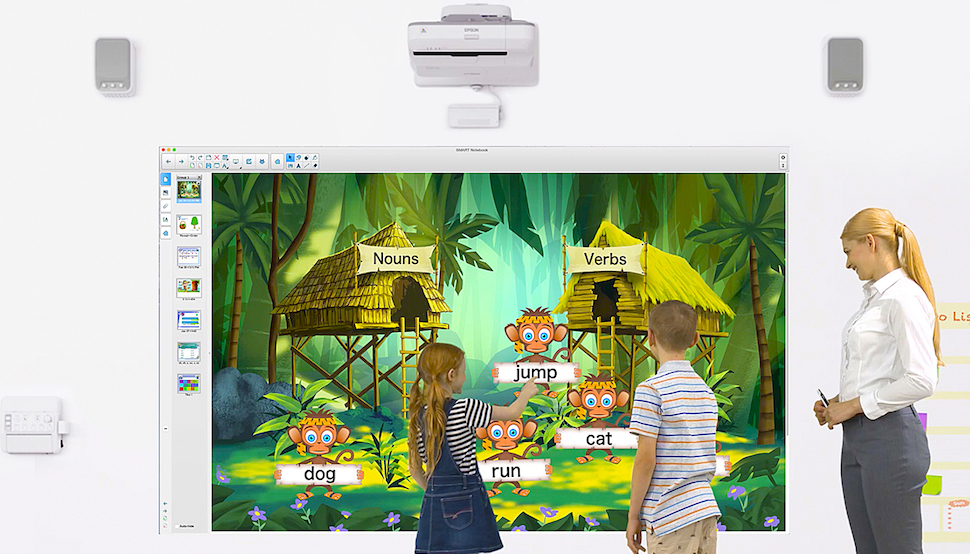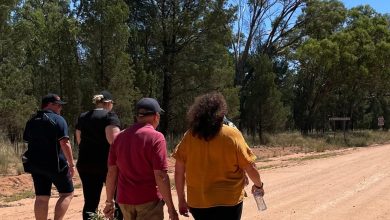
The ‘What works best in practiceExternal link’ resource produced by the NSW Centre for Education Statistics and Evaluation (CESE) includes strategies, case studies and reflection questions on the following eight themes known to improve students’ school experience:
- high expectations
- explicit teaching
- effective feedback
- use of data to inform practice
- assessment
- classroom management
- wellbeing
- collaboration.
This practical guide supports the recently released ‘What works best: 2020 updateExternal link’ report which outlines the latest research and data on the eight themes. The case studies in the practical guide showcase how NSW public schools are using these strategies to improve student outcomes.
The Centre for Education Statistics and Evaluation (CESE) is part of the NSW Department of Education and is Australia’s first dedicated hub of education data and evaluation. ‘What works best 2020External link’ is an update of CESE’s most popular research report, ‘What works bestExternal link’, released in 2015 and downloaded more than 34,000 times since.
How the ‘What works best’ themes are implemented in schools
High expectations – Trangie Central School
When teachers hold high expectations of their students, they know their students well, value them as learners, and understand how to support their learning.
At Trangie Central School, setting high expectations has played a major role in changing the school culture. Under the principal’s leadership and with the support of staff, high expectations for students, staff and the community have become the norm. A culture of high expectations has been built through the concept of respect for yourself, peers, teachers, family and the physical environment. Trangie Central School’s culture of high expectations across every classroom has contributed to improvements in student behaviour, happiness levels and academic results.
Explicit teaching – Northern Beaches Secondary College, Balgowlah Boys Campus
Explicit teaching is when teachers clearly explain to students why they are learning something, how it connects to what they already know, what they are expected to do, how to do it and what it looks like when they have succeeded.
A decade ago Northern Beaches Secondary College, Balgowlah Boys Campus struggled with low literacy rates, but now it is one of the state’s top-performing schools in HSC English Advanced. The school attributes its success to explicit teaching. Their approach involves using a simple sentence scaffold and exemplars to teach students the skills required to produce high-quality written responses. This starts in Year 7 and is built upon during subsequent years.
Effective feedback – Homebush West Public School
Effective feedback provides students with relevant, explicit, ongoing, constructive and actionable information about their performance against learning outcomes from the syllabus.
At Homebush West Public School, students are given a feedback checklist that breaks down what the students need to undertake to complete each activity. Students use the checklist to reflect and check if they have completed all steps before asking a peer to give them feedback using specific methods they have been taught. The teacher also checks students’ work against the checklist, giving them feedback on how they can improve.
Use of data to inform practice – The Ponds School
Teachers use data to check and understand where their students are in their learning and to plan what to do next.
The Ponds School caters for students with medium to high support needs and uses data and continuous reporting in all aspects of their students’ education. To analyse student progress and achievement data, the school developed a school-wide data wall based on the Visible Learning model. Teachers use this data to plan for student learning; adjust programs to suit students’ needs; investigate why a student might not be achieving as expected; and identify and provide appropriate adjustments and direct support.
Assessment – Sefton High School
Student assessment refers to the variety of methods that teachers use to evaluate, measure, and document the academic readiness, learning progress, skill acquisition, or educational needs of students.
The Sefton High School English faculty uses a consistent marking process – corporate marking – for every assessment across all year groups. This highly structured marking process has been an effective way to ensure consistency across the faculty, draw on the faculty’s collective expertise and build the capacity of all teachers. The corporate marking loosely follows the HSC marking process.
Classroom management – Rooty Hill High School
Classroom management is a broad term for a range of practices and strategies used by teachers to build quality relationships with each of their students and foster a safe, positive and stimulating learning environment.
Rooty Hill High School has a ‘Raising Responsibility’ behaviour chart in every room. Students identify whether they are ‘above the line’ or ‘below the line’ based on a visual representation of a smiley face or a sad face. The smiley face means they have been responsible for their own positive behaviour, whereas sad face means an adult needs to step in to assist with their behaviour.
Wellbeing – Liverpool West Public School
Schools support wellbeing through practices that promote social, emotional, behavioural and intellectual engagement, and by fostering positive relationships across the school community.
Liverpool West Public School has many students from refugee backgrounds. The school supports vulnerable students by providing opportunities for siblings to enter special transition classes together, helping maintain family support structures when students start school. This allows them to confidently build relationships with their new peers and teachers and become used to school routines before they enter more typical, age-based classes.
Collaboration – Mimosa Public School
Teacher collaboration involves teachers working together to achieve a common goal through the sharing of evidence-informed practices, knowledge and problem-solving. Effective collaborative practice improves teacher quality.
At Mimosa Public School there is a collaborative culture of learning among the staff and everyone is committed to learning with and from each other. Staff professional learning focuses on continuous improvement of quality teaching practices and developing consistency and focus across the whole school. Staff at the school have worked hard to develop their understanding of best practice in assessing student achievement and understanding of where students are at with their learning and where they are heading to next. There is a collective understanding that everyone is responsible for every learner within and across the school.







